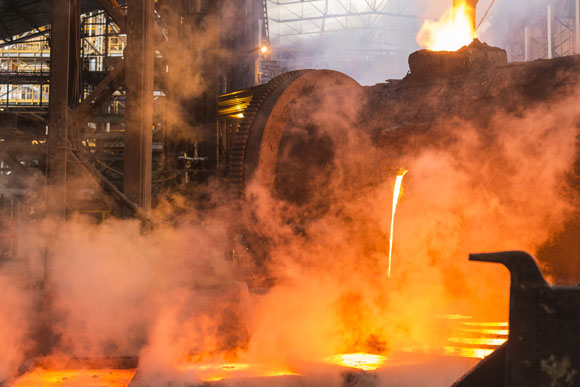Copper in deficit as prices continue long-term surge
Earlier today we touched on aluminum prices — well, the copper price is similarly ascendant.
The copper price has, as we’ve mentioned on multiple occasions, been supported by a recovering Chinese economy.
Furthermore, according to data released Monday by the International Copper Study Group (ICSG), global copper production declined over the first eight months of the year.
Stop obsessing about the actual forecasted copper price. It’s more important to spot the trend. See why.
Copper price rises to 2020 high
The LME three-month copper price closed last week at $7,195 per metric ton, its high for 2020.
In addition, the price point in fact marked its highest since early 2014.
How much further can it go? Certainly, markets at large and metals in particular — including copper — showed upward momentum after recent announcements of potentially effective COVID-19 vaccines from Pfizer and Moderna.
As Maria Rosa Gobitz explained in this month’s Copper Monthly Metals Index (MMI) report, copper prices could continue to go up. In fact, according to investment bank Goldman Sachs, copper could rise to $7,500 per metric ton by this time next year.
While it’s still early to say, with the copper price already approaching the $7,200 mark, $7,500 next year is not out of the question. The LME three-month copper last reached the $7,500 per metric ton mark in spring 2013.
Global copper market in deficit
Per the ICSG, the global copper market posted a deficit of 293,000 metric tons through the first eight months of the year.
When accounting for Chinese bonded stocks, the deficit reached 296,000 metric tons.
Copper mine production down
In addition, copper mine production fell by 0.8% over the first eight months of the year.
Peru, the second-largest copper mining country, saw its mine output fall by 16.5% during the first eight months of the year. However, indicative of a recovery, the decline narrows to 6% when considering the June-August period.
Meanwhile, top copper producer Chile saw its mine production increase by 0.5%.
Refined copper production up by 1.2%
Although mine production fell, refined copper output rose by 1.2% during the first eight months of the year.
Chile’s total refined copper output increased by 7%. The Democratic Republic of the Congo and Zambia saw output gains of 6% and 15%, respectively.
Copper price average remains slightly below 2019 average
Circling back to the copper price, the average cash price through eight months reached $5,937 per metric ton as of the end of October, the ICSG reported.
The average price during the aforementioned period marked a 1% decline from the 2019 annual average.
Want an occasional email from MetalMiner that highlights new content with NO sales ploys? Join that list here.



Leave a Reply